The door is open
According to the report of the State Bank of Region 15, by the end of 2024, outstanding loans in the agricultural sector will account for more than 60% of the total outstanding loans in the province. This is a large proportion, showing the important role of the agricultural sector in the local credit strategy. However, behind this positive figure is an uneven reality: most of the capital still flows mainly to large enterprises or production households with mortgaged assets, while thousands of small-scale farmers, spontaneous production, lacking consumption contracts and clear business plans are still classified as high-risk. For them, access to capital has never been easy.
Unable to borrow, or borrowing with low limits, complicated procedures, and inflexible conditions, these used to be inherent barriers that pushed many farmers out of the “official credit game”. But in recent years, especially since value chain credit has been widely deployed, the door to loans has gradually opened, no longer “half-closed” as before.
In the rice fields of Tan Phu commune, Thoi Binh district, Mr. Nguyen Van Tri, a member of Tan Tien Cooperative, shared: “In the past, rice production output was unstable, and after selling, we did not have enough to pay for fertilizer. Now that I am in the cooperative, I am guided in choosing seeds, caring for them, harvesting them, and preserving them. And there are businesses that buy them, so there is no longer the situation of being forced to lower prices in the middle of the season like before.”
According to Mr. Tri, the biggest turning point was when the cooperative signed a cooperation agreement with the bank under the value chain credit model. Thanks to that, cooperative members are supported to borrow capital easily, without needing collateral, only needing to have a feasible production plan. “My family grows more than 2 hectares of rice, each crop makes a profit of more than 60 million VND. With available capital and stable output, now we dare to think long-term,” Mr. Tri happily said.
Not only rice farmers, credit capital has also become a practical support for many rural women. Ms. Huynh Thi Hong, residing in Hamlet 5, Tan Thanh Commune, Ca Mau City, shared: “Previously, I had to borrow money from outside, with sky-high interest rates because I had nothing to mortgage. Now, with the bank's support, I have borrowed 40 million VND on credit, I have invested in renovating the square, releasing shrimp at the right time, in time for the season, so I have made a good profit. Not only do I have money, I also receive advice on farming techniques, and know how to control output.”
The story of Mr. Thach Van Tinh, a Khmer household in Ha Phuc Ung hamlet, Bien Bach commune, Thoi Binh district, shows that if there is the right policy, no one will be left behind. Starting from a difficult starting point, thanks to the coordinated intervention of the government and the bank, from supporting white-leg shrimp breeds to creating conditions for participation in the micro-credit program, Mr. Tinh had his first profitable farming crop. "Only when I made a profit, I was bold enough to reinvest and gradually stabilize my life," Mr. Tinh said.
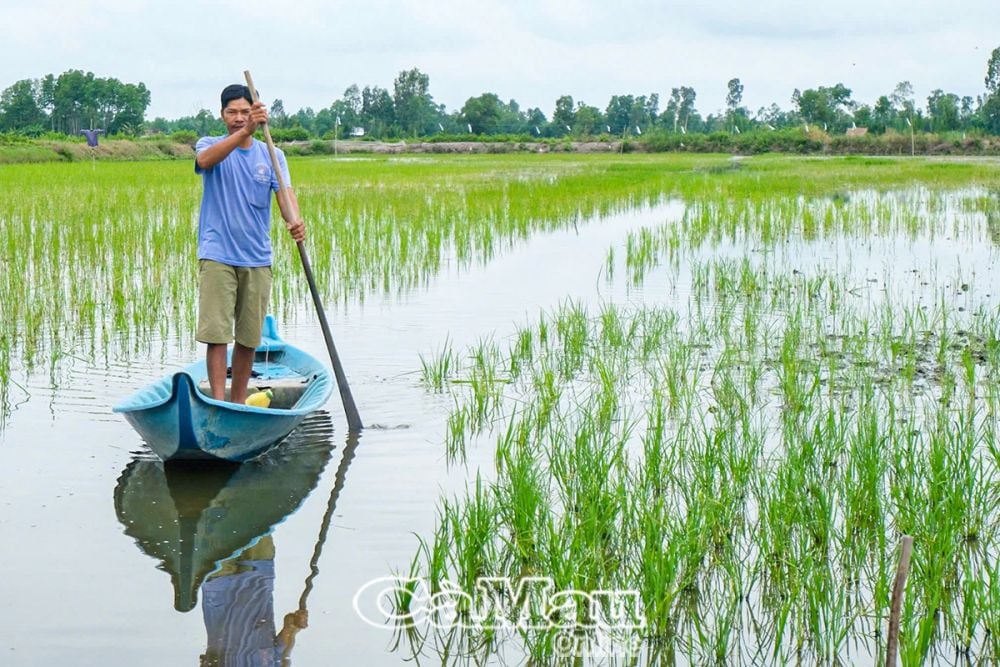
Mr. Thach Van Tinh developed the rice-shrimp model thanks to policy credit support.
The most significant change, according to experts, is that banks do not only lend individually but have proactively joined hands with businesses and cooperatives to form production and consumption chains. In this model, farmers not only have access to capital but are also accompanied throughout from technology to the market.
In many shrimp farming areas of Ca Mau, people are now accustomed to measuring water quality with technological devices, keeping electronic diaries, and applying the "3 clean" farming method, a change that was unprecedented just a few years ago. Banks are no longer lenders, but are becoming development partners.
Rural credit today is therefore no longer a simple story of borrowing capital, but a comprehensive connection between three pillars: banks - businesses - farmers. Each party plays an essential role in a sustainable value chain.
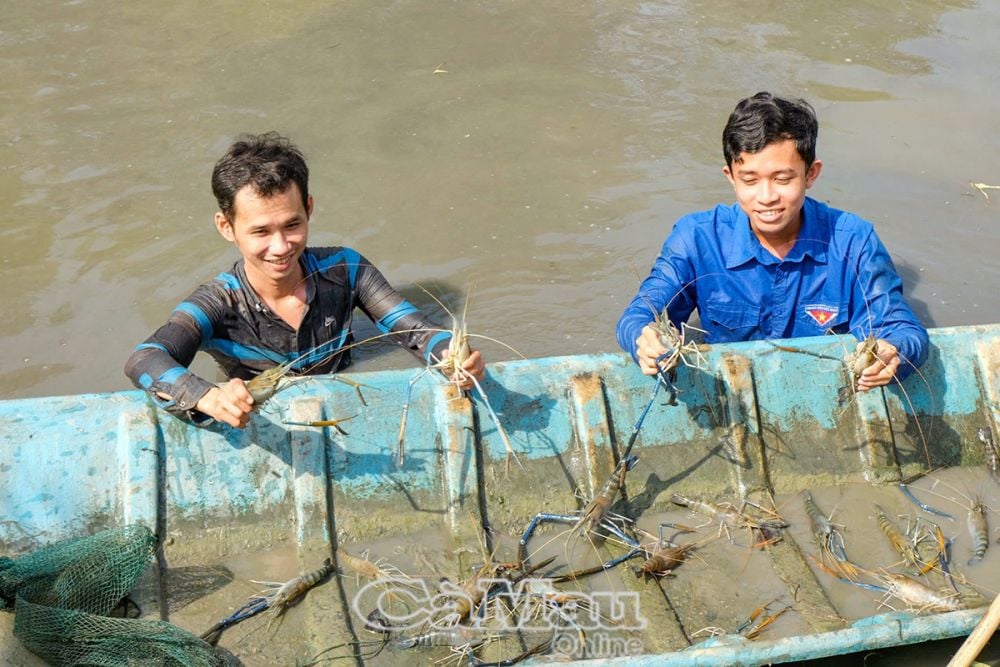
Farmers harvest giant freshwater prawns with high productivity thanks to the rice-shrimp intercropping model.
Long-term companionship, building trust
In March 2025, the State Bank officially issued the Project on Credit Development for Agriculture and Rural Development until 2030. This project is not only a strategic step but also opens up a new and promising direction for Vietnam's agriculture. Three pillars are clearly identified: increasing access to formal credit; promoting digital transformation in rural lending; and developing credit along the value chain.
A notable highlight is the pilot of a loan model that does not require collateral, based on more flexible criteria but still ensures risk control: actual production capacity of the borrower, credit history, output underwriting contracts, community credit assessment through grassroots socio -political organizations, and a credit scoring system using artificial intelligence (AI).
In Ca Mau, this orientation is gradually being realized through specific models. Minh Duy Cooperative is a typical example. This cooperative is building a chain of links with a logistics enterprise, committed to purchasing 100% of products according to VietGAP standards. To accompany, the Social Policy Bank coordinates with local authorities and the Farmers' Association to review cooperative members, evaluate their reputation and production capacity to design loan packages suitable to the needs and capacity of each household.
Mr. Nguyen Thanh Dong, Deputy Director of the Vietnam Bank for Social Policies, Ca Mau Branch, affirmed: “We have determined that rural credit is no longer a mere lending story, but must be a comprehensive solution. Since the beginning of the year, the Bank has closely coordinated with the government, cooperatives and underwriting enterprises to design each credit package according to the value chain. The credit restructuring in Ca Mau is an opportunity for us to “root” deeper into the countryside, with trust and technology.”
In Tan Hung Dong commune, Cai Nuoc district, famous for its model of growing water fern combined with raising blood cockles in shrimp ponds, the loan group of the Farmers' Association and the Women's Union of the commune is piloting a new form: registering for loans online via a phone application. This innovation not only helps shorten the time for processing documents but also contributes to making the process transparent and improving access to capital for people in remote areas.
According to Mr. Mach Quoc Phong, Director of Kien Long Commercial Joint Stock Bank (Kienlongbank) Ca Mau Branch: "For banks, credit restructuring is not only about bringing capital to people, but also a long-term companionship process, through savings groups, membership groups and a network of credit officers who regularly stay close to the area".
The transformation in thinking and working methods of the policy banking system, together with the close connection between the government, mass organizations and enterprises, has been bringing about fundamental changes to rural credit in the locality. Here, each capital flow, in addition to its financial value, also contains a message of trust, companionship and the desire to change the lives of thousands of farming households. From this capital flow, many farmers have confidently thought further, not just about a sufficient harvest, but also about long-term, sustainable plans for the future of the whole family./.
Huu Nghia - Vietnam America
Source: https://baocamau.vn/tai-cau-truc-tin-dung-nong-thon-a39112.html


![[Photo] Panorama of the memorial service for former President Tran Duc Luong](https://vphoto.vietnam.vn/thumb/1200x675/vietnam/resource/IMAGE/2025/5/25/d33968481f21434fa9ed0df48b9ecfa9)
![[Photo] Prime Minister Pham Minh Chinh meets the Vietnamese community in Malaysia](https://vphoto.vietnam.vn/thumb/1200x675/vietnam/resource/IMAGE/2025/5/25/1f11d1256d7745a2a22cc65781f53fdc)


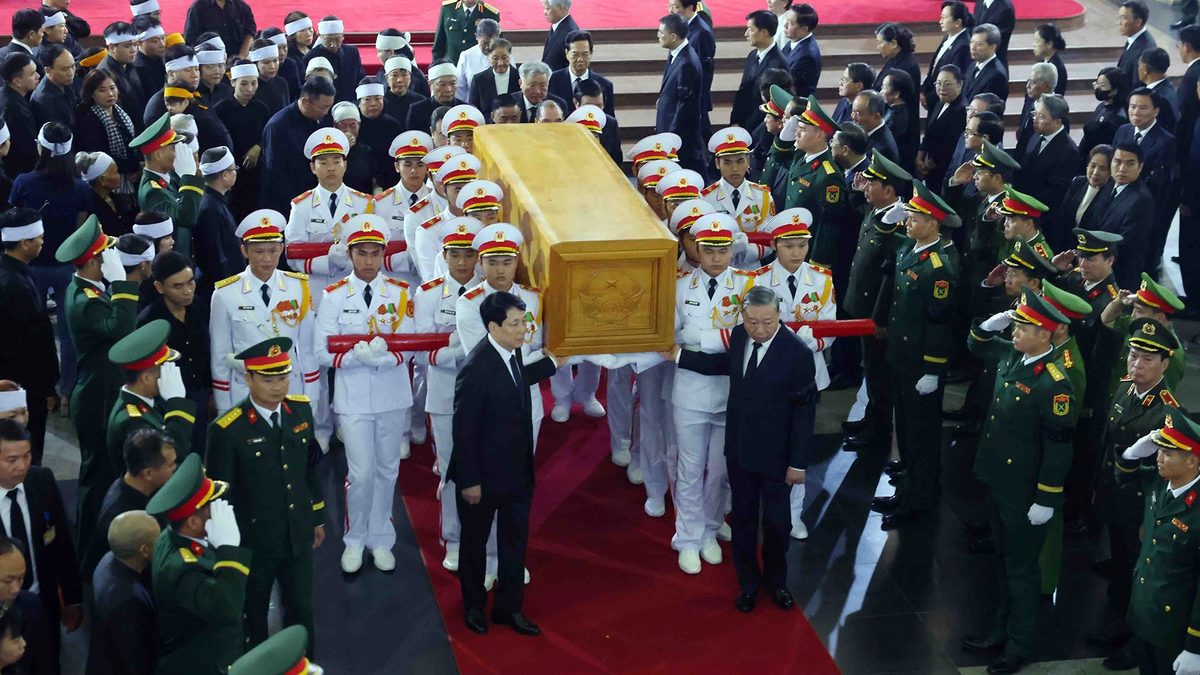

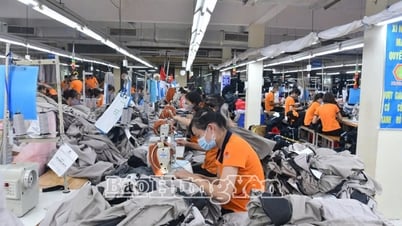

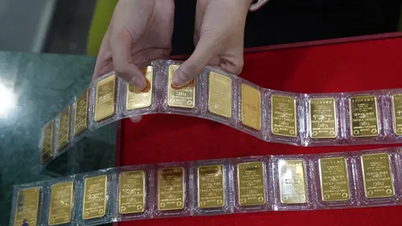

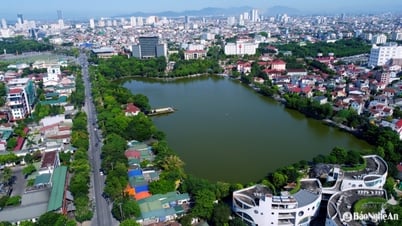

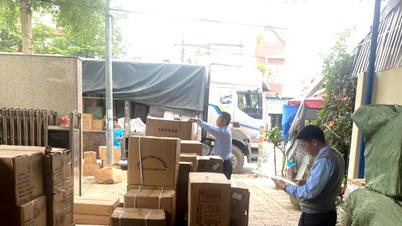

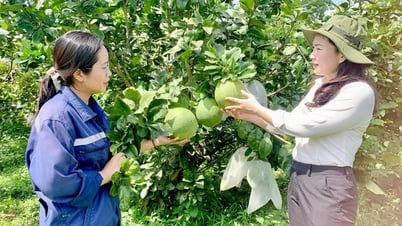

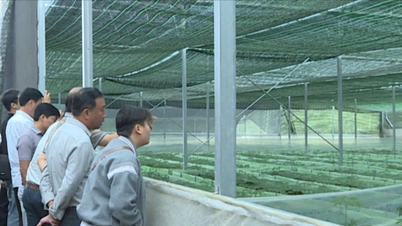





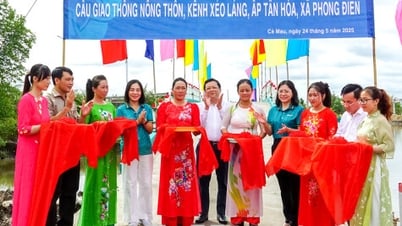

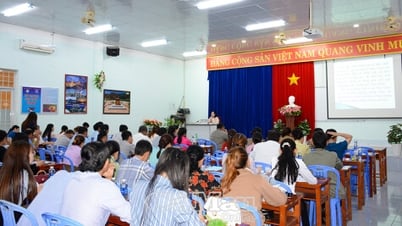
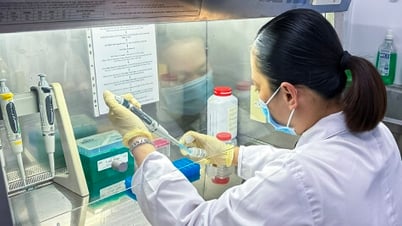
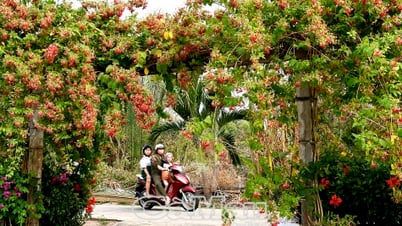
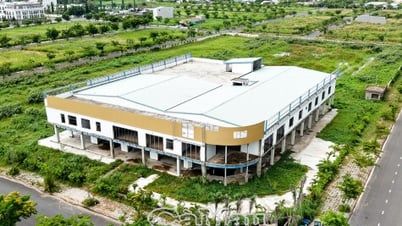
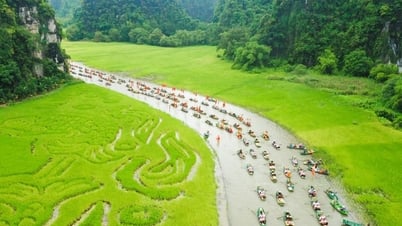

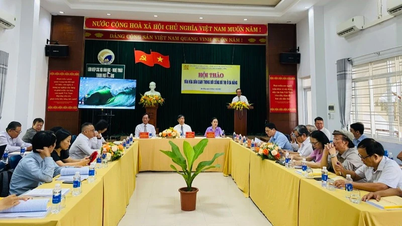
















































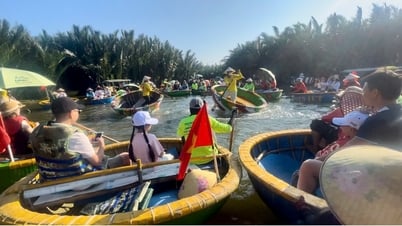


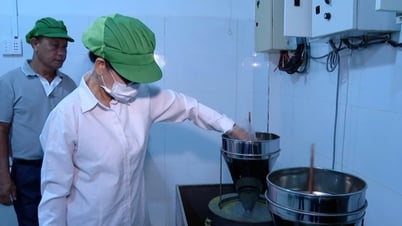





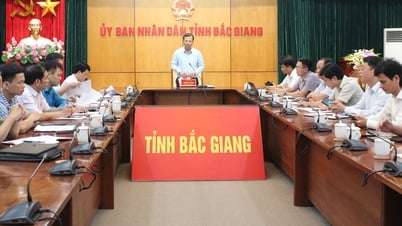



Comment (0)